A story comes to us of one Josef Jughashvili, the only child of a laundress and an alcoholic shoemaker, to survive to adulthood. Walking along a rain swollen river a group of boys chanced upon a bleating calf, cut off by the torrent on a small and crumbling island. Taking off his shirt Jughashvili dived into the roiling waters and swam to the terrified animal. Turning first to be sure his buddies were watching Josef proceeded to break the defenseless animal’s legs, one at a time.
The tale may be apocryphal or it may be true but the narrative captures perfectly, the man he would become. One of the great beasts of a century which gave us, no small number of monsters.
In 1884 a bout with smallpox left him disfigured. The other kids called him “pocky”. Though smaller than his classmates he joined a gang and got into many fights from which he never, backed down. He was smart and excelled in academics. He also displayed talent in art, drama and choir. A childhood friend recalled he “was the best but also the naughtiest pupil”.
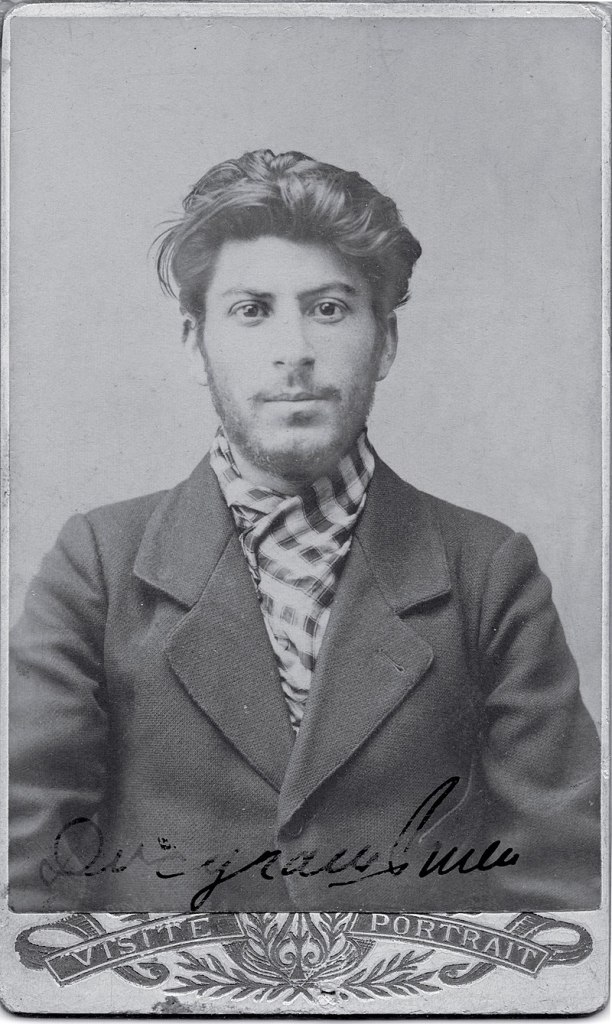
He enrolled in the seminary in Tiflis but a life in the priesthood, was never meant to be. A voracious reader, the “Forbidden Book Club” filled young Jughashvili’s head with ideas forbidden, in Czarist Russia. Plato. Checkov. Tolstoy. Zola. So taken was he with the writings of Friedrich Engels and Karl Marx he attempted to learn German, to better appreciate the original text.
Jugashvili proclaimed himself an atheist and thus ended any future, in the Orthodox priesthood. Expelled from seminary before the turn of the century he was now a Marxist agitator, teaching classes in leftist theory from a small flat on Sololaki Street and entering a life of crime, in order to finance the Bolshevik party.
In 1912, Vladimir Ilyich Lenin appointed Josef to the first Central Committee of the Bolshevik Party, while still in exile in Switzerland. On this day in 1913, Josef Dzhugashvili signed a letter to the Social Democrat newspaper, “Stalin”. The Man of Steel.
By 1917, three years of total war had brought the Russian economy, to its knees. Kaiser Wilhelm calculated that all he had to do was “kick the door in” to destroy his adversary to the east. Thus did the famous “sealed train” depart Zurich bound for Petrograd in April, 1917 carrying Lenin, and 31 Marxist revolutionaries.
Kaiser Wilhelm was right. As WW1 continued elsewhere Czarist Russia descended into not one but two civil wars resulting in the triumph of the radical Bolsheviks over the more moderate Mensheviks and the murder of Czar Nicholas, his wife the Czarina and the couple’s children, servants and dogs.
The Union of Soviet Socialist republics (USSR) was officially founded in 1922. Lenin died in 1924. Throughout this period Stalin steadily grew his own base of support, outmaneuvering rivals for the top spot. By the late 1920s he was head of the communist state.
The “Glavnoe Upravlenie Lagerei” or Main Camp Administration system, began in 1919. By 1921 there were 84 such “Gulags”, but this hideous system really came of age, under Josef Stalin.

The Soviet Union was mostly agrarian when Stalin came to power, launching a series of five year plans to bring the USSR into the industrial age. Significant opposition came first from the Kulaks, the more prosperous of the peasant farming class who viewed Stalin’s “collectivization” efforts as a return to the serfdom, of earlier ages.
The ranks of the Gulags swelled to include the educated and ordinary citizens alike. Doctors, intellectuals, students, artists and scientists all disappeared into the Gulags, crude slave labor camps from which many, never returned.
Anyone so much as suspected of holding views contrary to the regime, anyone suspected of association with such persons were “disappeared”. Swept up in the night by Stalin’s terrifying NKVD security police and placed in conditions of such brutality prisoners were known to hack at their hands with axes or thrust their arms into wood stoves to avoid yet another man-killing hour, of slave labor.
“I trust no one, not even myself.
Josef Stalin
The early 1930s was a time of famine for the Kulaks of Ukraine, the former breadbasket of the Soviet Union. Continuing to resist Stalin’s collectivization, these “enemies of the state” were deliberately starved to death by their own government, their numbers running into the several millions in a period known, as “Holodomor“.
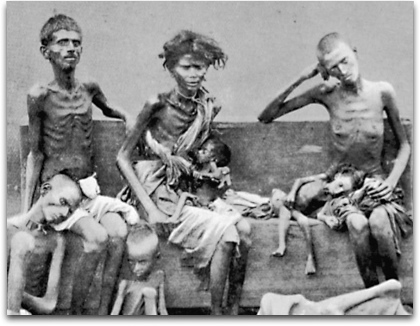
During the late ’30s, nearly 800,000 were summarily executed during the Great Purge, another two million shipped off to the gulags. Official paranoia rose to levels almost comical, but for their deadly consequence. Photo retouching became a cottage industry as former associates were simply…disappeared.
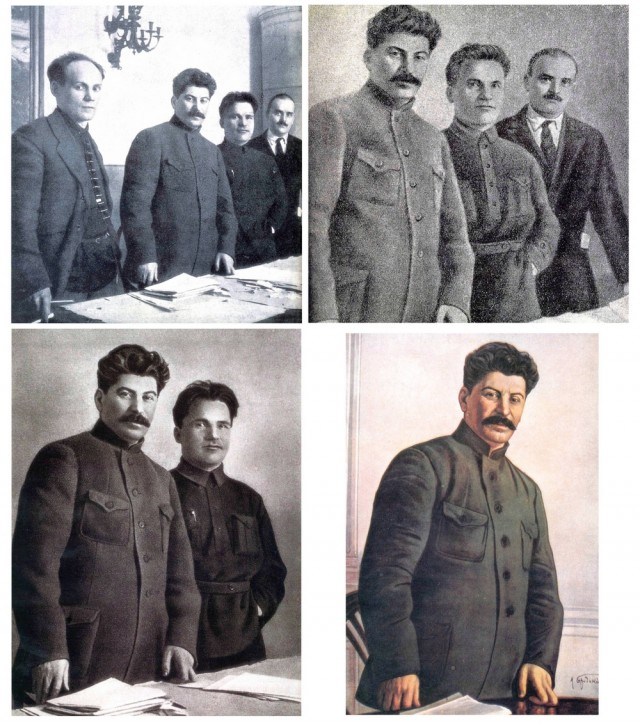
Much may be said of a man, by the company he keeps. Genrikh Yagoda, Nikolai Yezhov, Lavrentiy Beria, they’re not common names for those of us educated in American public schools but these are the men who carried out the Stalinist terror, as heads of the dread NKVD. Though we may not know their names these are beasts as loathsome as Nazi Police Official Reinhard Heydrich, SS Reichsführer Heinrich Himmler or Gestapo Chief Heinrich Müller.
By 1938, Stalin’s purges had crippled the Soviet Union. Entire swathes of the Soviet military, government and popu,ation, had ceased to exist. Head of the security state Nikolai Yezhov was himself outmaneuvered from his position, denounced and murdered by his successor, Lavrentiy Beria. Even Leon Trotsky, founding father that he was of the Bolshevik party was tracked down to his place of exile in Mexico on Stalin’s orders and murdered with an ice axe, in the top of his head.
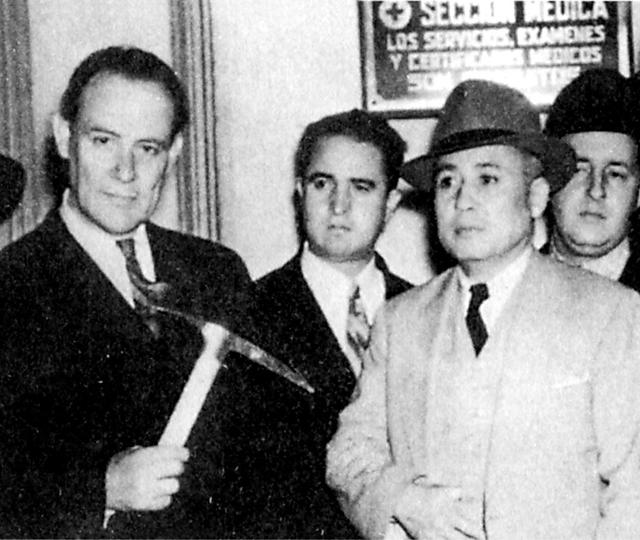
Major General Vasili Blokhin was handpicked by Stalin in 1926 as chief executioner, for the NKVD. To this day the man stands as the world’s most prolific executioner with tens of thousands dead, by his blood soaked hands. During the Spring of 1940 Blokhin personally murdered 7,000 Polish prisoners of war over 28 consecutive nights, each with a bullet to the back of the head.
The man literally kept a briefcase full of German made Walther PPK pistols, lest one of them overheat.
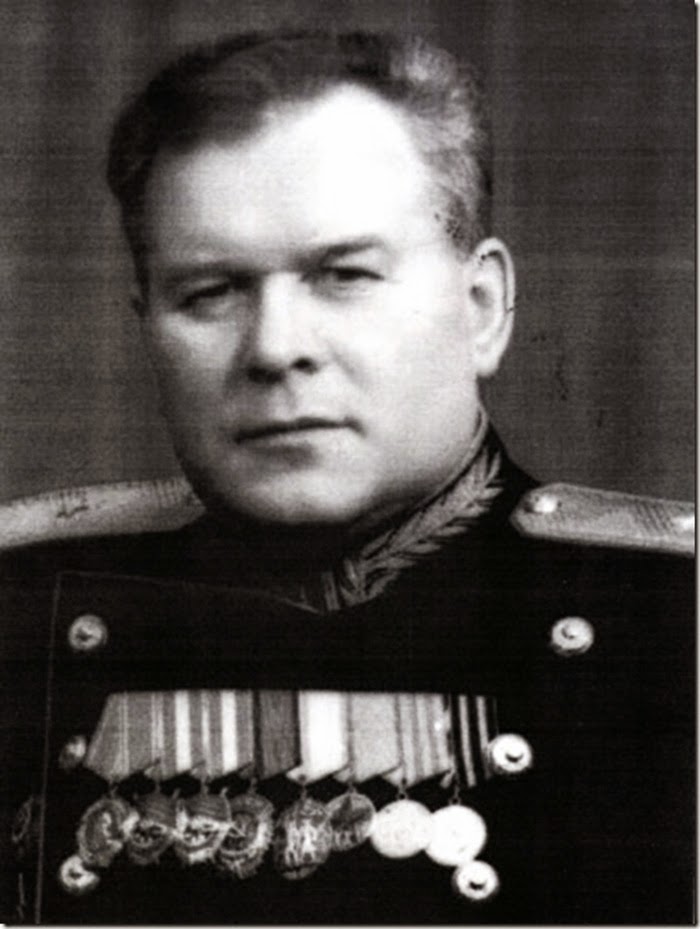
Today, the 1940 episode is remembered as the Katyn Massacre, the murder of 22,000 defenseless prisoners of war primarily, Polish Army officers. For fifty years the atrocity was believed to have been carried out, by the Nazis.
The Molotov Ribbentrop pact of 1939 meant, at east for a time, an alliance between the two great monsters of mid-20th century Europe. That all changed on June 22, 1941. Operation Barbarossa. Adolf Hitler’s surprise attack, on the Soviet Union.
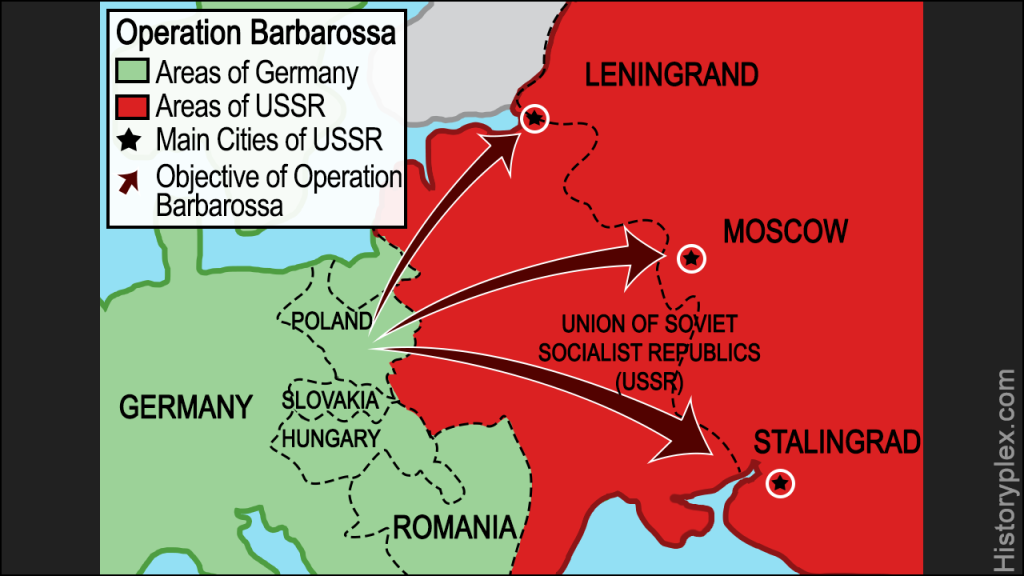
Some 30 million among an estimated 70 to 85 million killed during World War 2 died, on the Eastern Front. The number includes nine million children, killed in an out-and-out race war, Slav against Teuton, that is dreadful even by the horrendous standards of WW2. Order No. 27 became standard operating procedure, for the rest of the war. Between 1942 and 1945 some 422,700 Red Army personnel were executed by their own officers, as the result of Stalin’s order. “Ni shagu nazad”. “Not one step back”.
Josef Stalin went to bed sometime after 4:00am on February 28, 1953, with orders that he not be disturbed. 10am came and went, the usual time when the dictator would call for his tea. Morning turned to afternoon and into evening and yet, his terrified guards not wanting themselves to be purged, waited on. It was 10pm when a guard entered the room using as his excuse, the afternoon mail. The Soviet dictator was alive but helpless and unable to speak, laying in a pool of his own urine. His broken watch was stopped at 6:30pm.
The Man of Steel lingered in agony until March 5 as his own doctors languished in the Gulag and none assumed the authority, to make a decision about his care. Whether Stalin was murdered or simply left to die by those too terrified to do anything about it, is a matter for speculation.
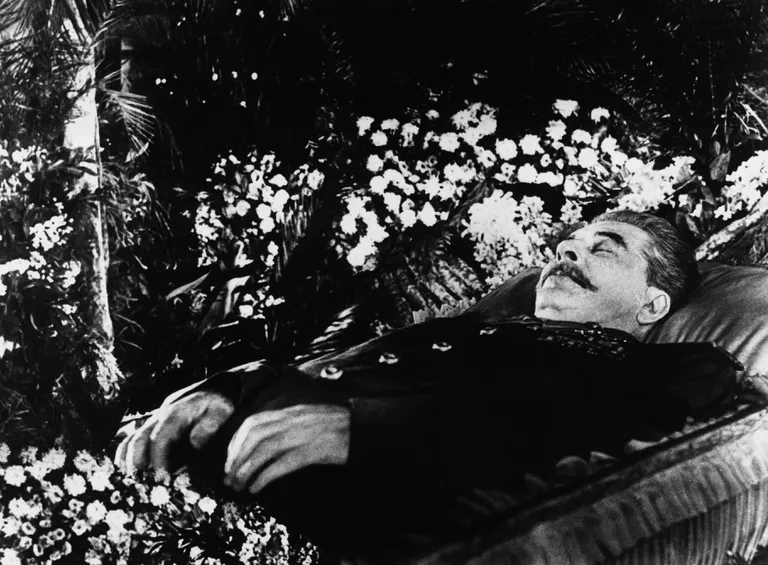
Historians differ as to the deaths brought about by this one man. Numbers range from several million to well over twenty million.
Today, public imagination barely registers how fortunate we are that Adolf Hitler chose to turn from a defeated adversary on the beaches of Dunkirk to attack his erstwhile ally, in the east. Where we would be today had Little Boy and Fat Man had a swastika or a hammer and sickle painted on the side is a nightmare, too dismal to contemplate.




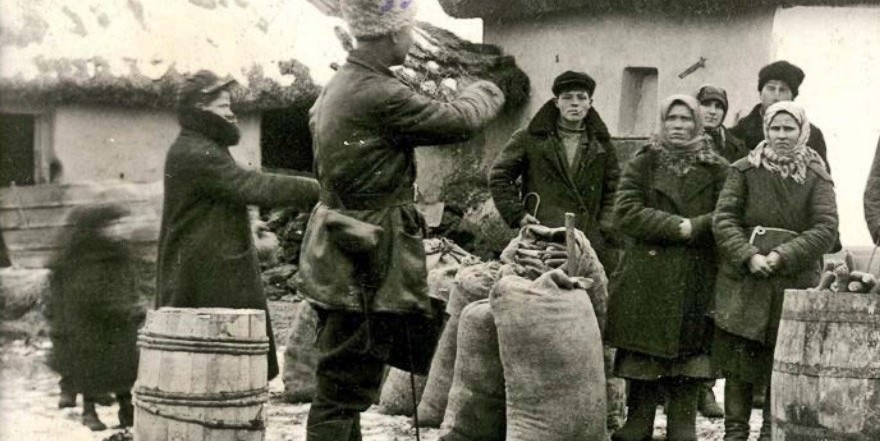
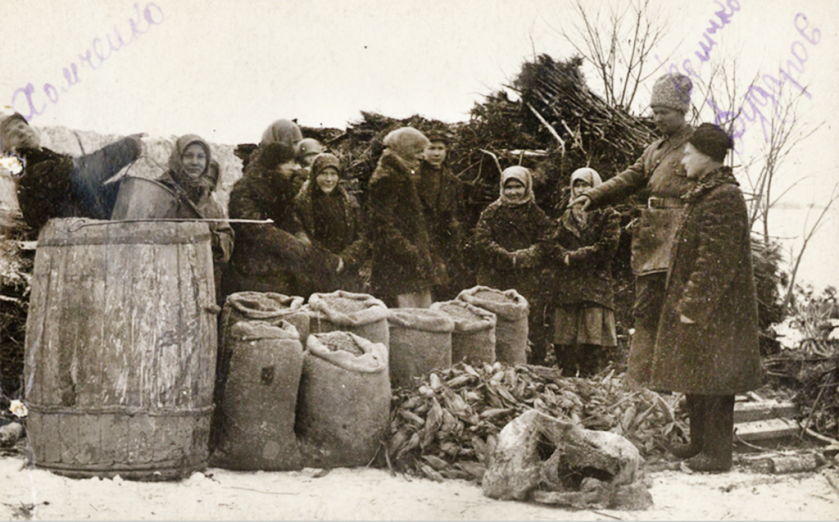
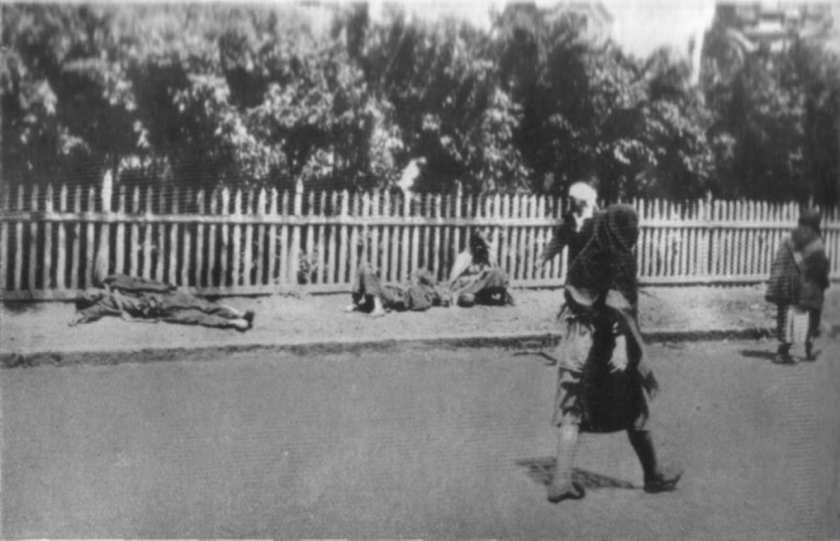

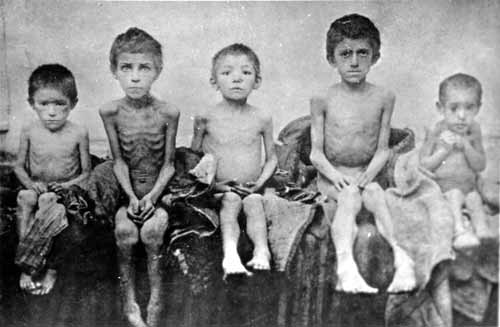
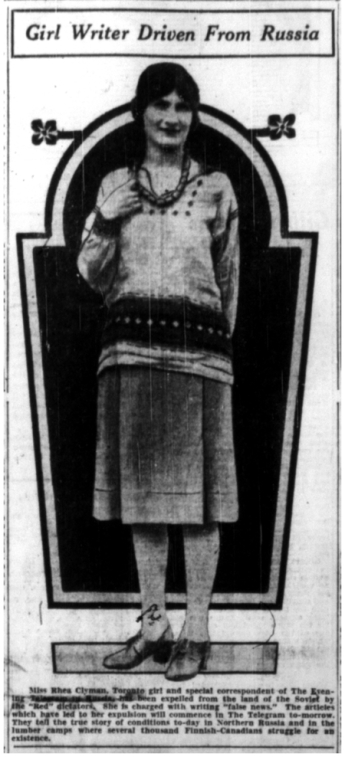
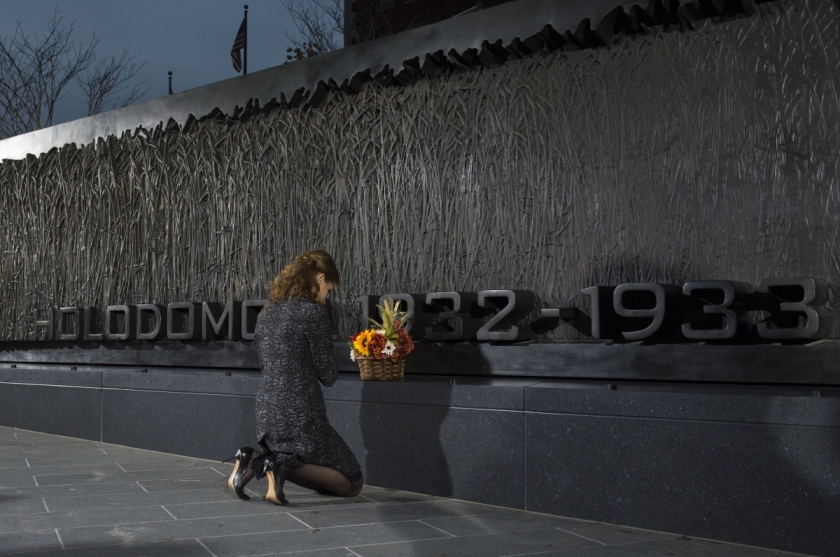
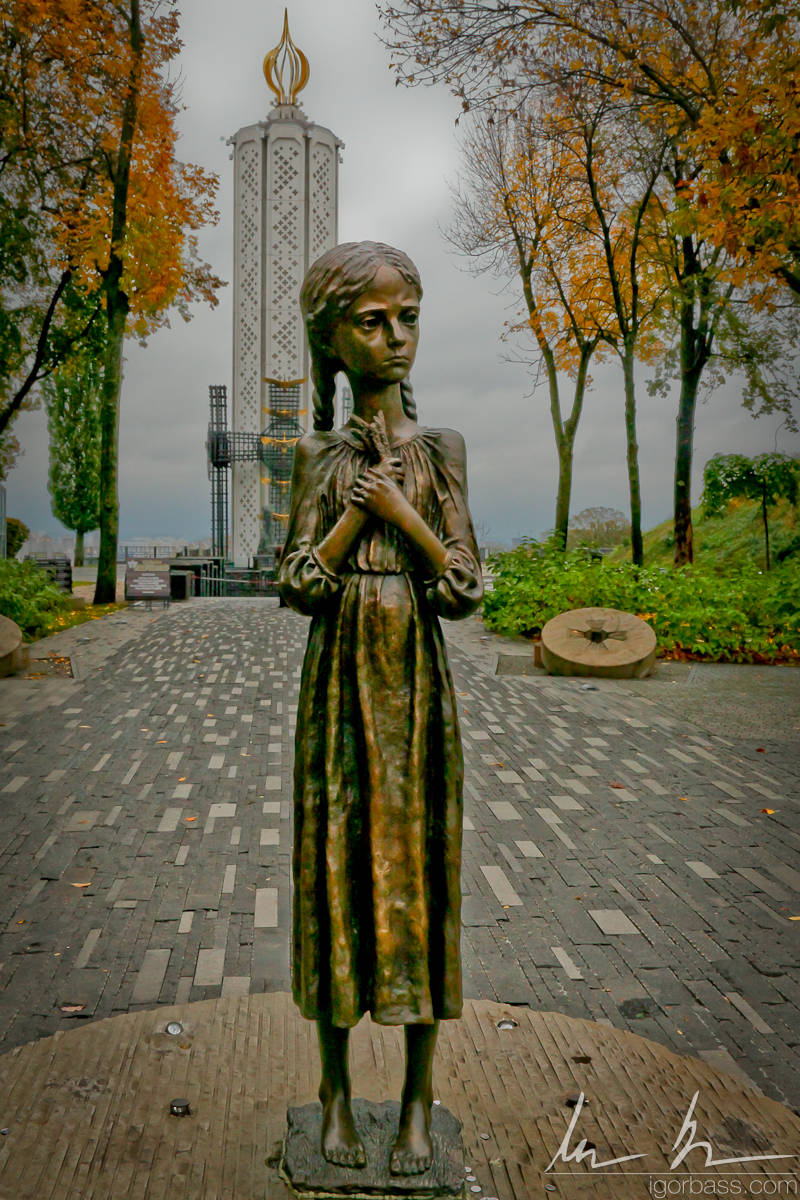





 A tall, bearded peasant was spokesman. His two sons and the rest of the men and women nodded approval at every word. The little crippled boy stood with his right hand on his crutch, translating everything he said into Russian for me, word by word.
A tall, bearded peasant was spokesman. His two sons and the rest of the men and women nodded approval at every word. The little crippled boy stood with his right hand on his crutch, translating everything he said into Russian for me, word by word.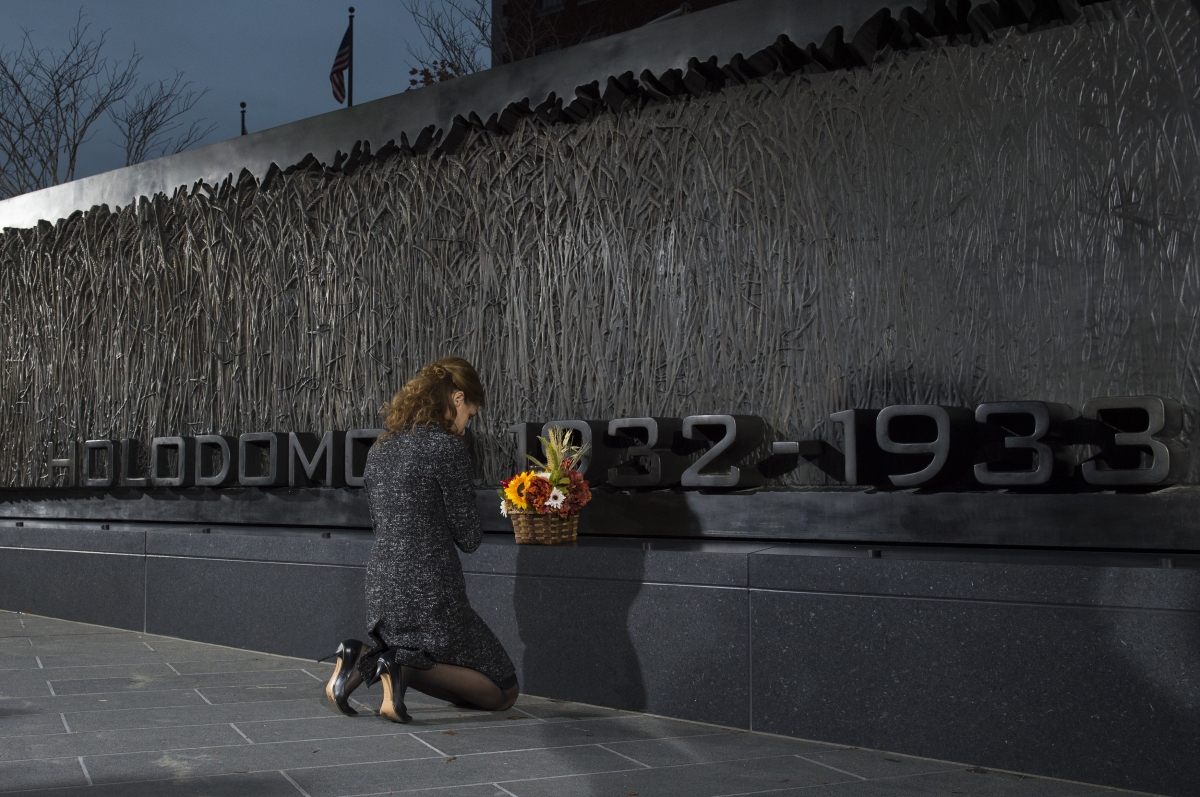

You must be logged in to post a comment.